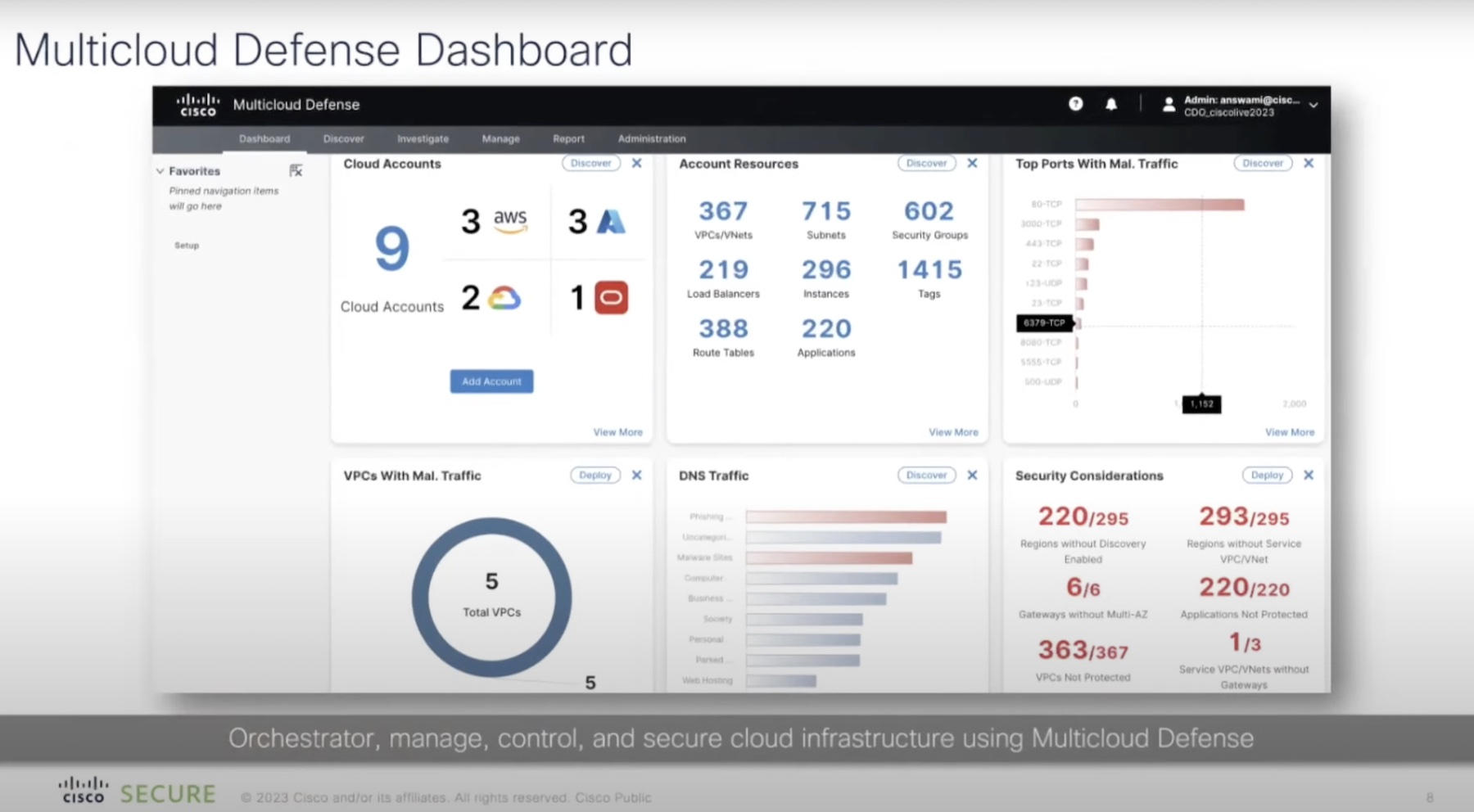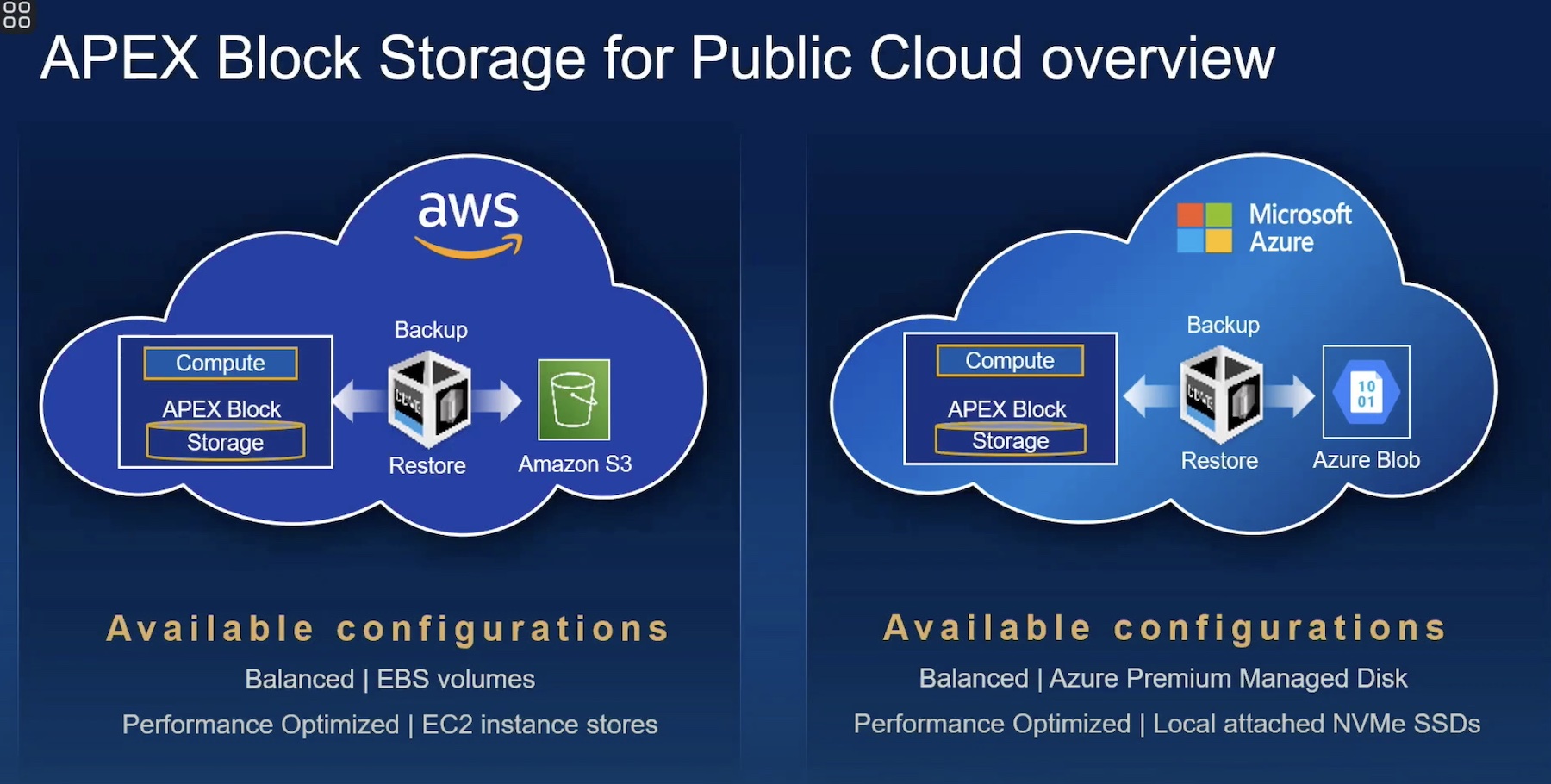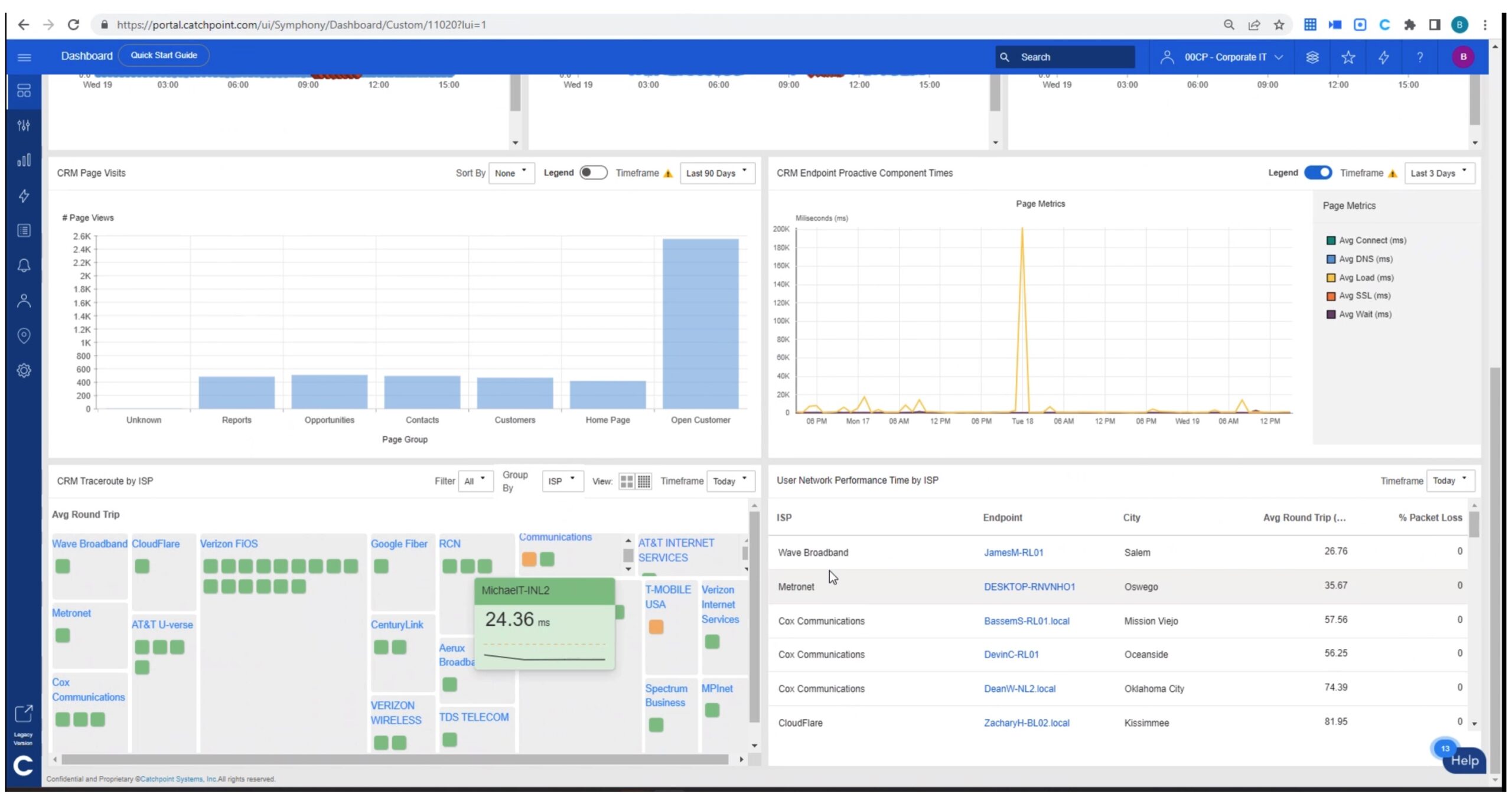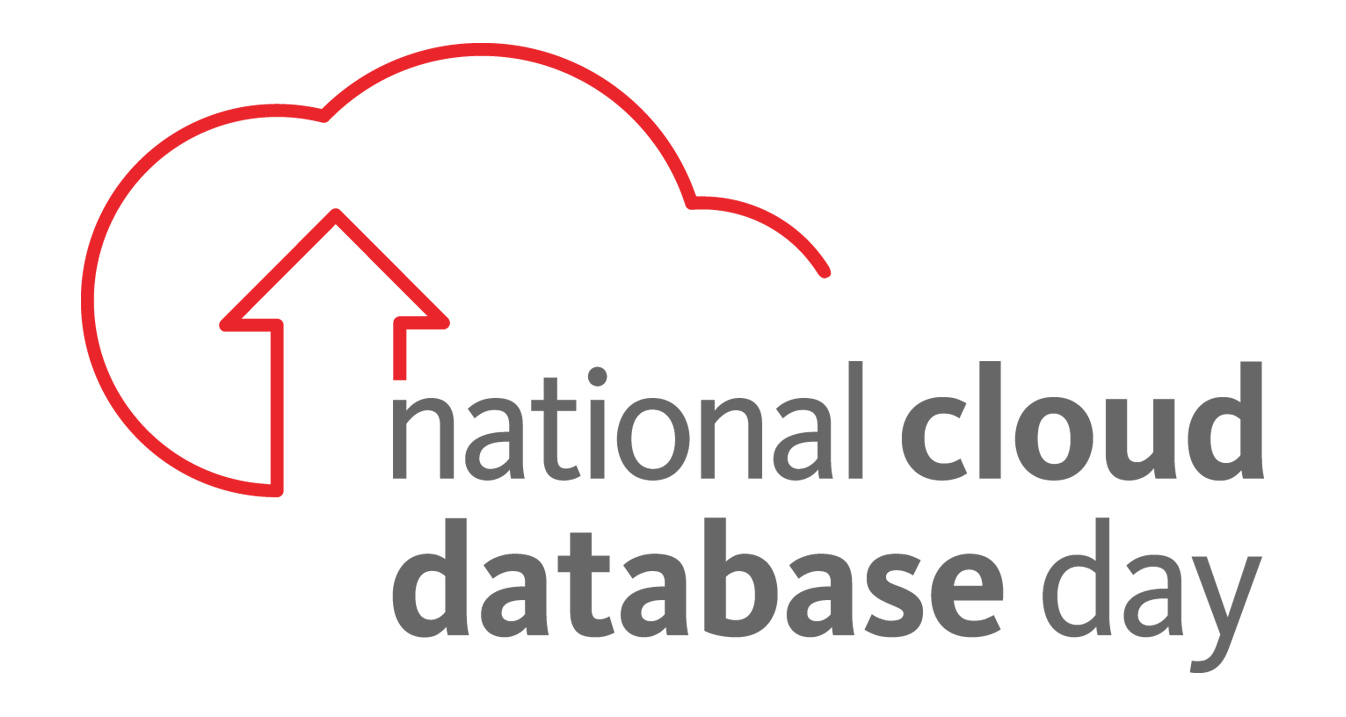The decentralized era of IT is now in full swing, and with it comes lots and lots of talk about clouds. Of course, we’re not talking cirrus, stratus, or cumulonimbus, but public, private, hybrid, and multi. Oftentimes, however, as vendors in the space explain their offering, they may use several of these in one conversation, opening up space for cloud confusion. Let’s talk a little more on the topic of clouds, specifically, how to tell them apart.

Public v. Private
Initially, one of the more common distinctions between clouds was public and private. A fairly straightforward separation, public clouds are akin to the services offered by Amazon, Microsoft, Google, IBM, Oracle, et. al. in their AWS, Azure, GCP, and other cloud products. Publically accessible (after paying for a subscription), these services allow organizations and individuals to stand up their own servers in remote data centers, which are then made accessible anywhere in the world. The compute resources in these hosted data centers are shared by everyone who pays for access to them, hence, public clouds.
Private clouds, on the other hand, take the concept of public clouds, but limit them to an individual or organization’s own data center, making it accessible remotely but barring access to those that don’t deserve it. Building off of their own, curated infrastructure, private clouds expand on the idea of the traditional, on-premises data center and make the compute resources they contain more widely available to those that are permitted to use them.
Defining Hybrid and Multi-Cloud
As cloud usage has expanded and evolved, however, many organizations find themselves using several clouds at once, potentially both public and private. In a post on his blog, Architecting IT, Chris Evans covers two terms often used to describe these scenarios, hybrid and multi-cloud. After alluding to a Twitter conversation where some confusion was met over defining these two terms, Evans writes:
The terms Hybrid Cloud and Multi-Cloud have become part of the lexicon for today’s modern information technology professionals. Some vendors even use the combined term of hybrid multi-cloud. But what do those definitions mean, and how should we use them with respect to applications and services across IT?
Read the rest of Defining Hybrid and Multi-Cloud to learn how Evans creates distinction between the two, as well as his takes on the futures of clouds in general.




